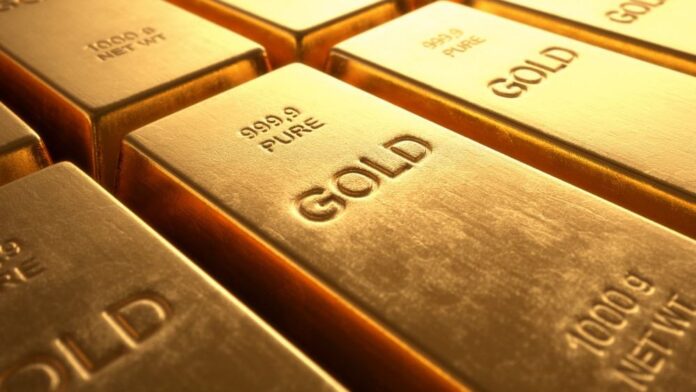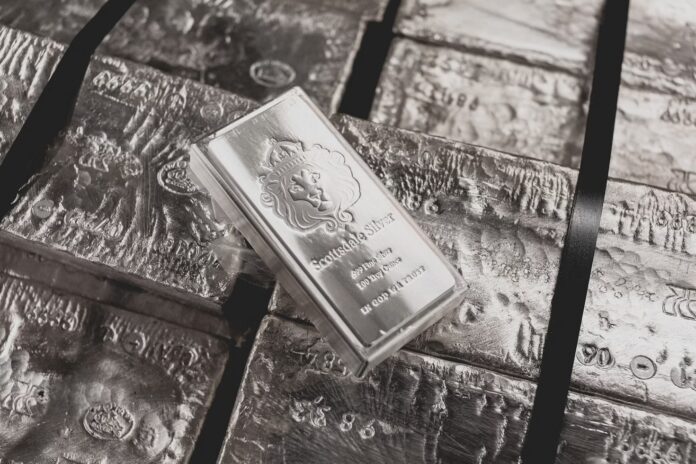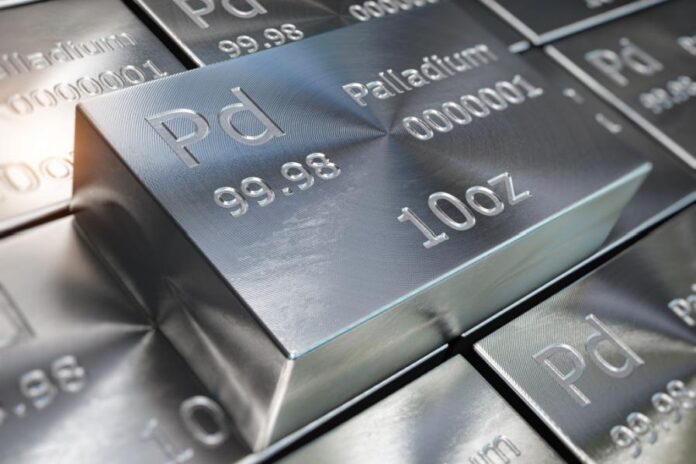For those based out of Canada looking for ways to diversify their portfolios, precious metal investments may provide excellent returns with long-term growth potential.
The global precious metals industry is projected to experience substantial expansion during the forecast period, due to an anticipated surge in industrial applications and jewelry’s increasing importance in Indian and Chinese wedding ceremonies, leading to explosive industry expansion – so if you’re looking to diversify, now is the time; and here’s why!
Gold

Gold is an integral component of Canada’s precious metals industry, providing jobs to numerous Canadians while becoming one of the country’s key economic contributors. People invest in gold and other precious metals for various reasons, including wanting to preserve wealth and preferring gold over other assets. Investing in gold can provide steady returns than more conventional investments such as stocks or bonds.
Canada’s precious metals industry comprises companies engaged in mining, processing and refining gold and silver ore. This sector relies heavily on market prices of precious metals as well as production volumes; analysts predict strong gold/silver price trends over the five years until 2022 and thus an expected revenue boost to industry operations.
Canada is an important producer of gold and has numerous mines across its territory that produce this precious mineral, such as Abitibi Gold Belt in eastern Ontario and Red Lake Mining District in eastern Canada.
Gold has long been used as both currency and a store of value, and in jewelry such as necklaces and rings. Aluminum is an excellent conductor of electricity with an extremely high specific gravity (the ratio between weight and density). It is used in sliding electrical contacts as well as fine wires used to power semiconductor devices.
Gold is also an anti-corrosive material that can protect electronic circuits from acid or heat damage, making it widely used as an antiseptic and treating certain forms of cancer. It has wide use in dentistry as an analgesic agent and treatment.
Canadian culture and heritage are deeply interwoven with the precious metals industry, which serves as an exporter of gold and platinum group metals worldwide. Canadians take great pride in this sector as its existence serves as an indicator of our nation’s prosperity and economic success.
Canada’s gold and platinum industry employs thousands of Canadians and makes an important economic contribution, while also supporting cultural activities and recreational events like concerts, festivals, and events of this nature. This sector also serves as an invaluable tax base for governments.
Silver

Silver has long been recognized as an investment-grade precious metal and used as an exchange medium, although not an official currency. Silver remains valued and can often be exchanged as part of trading transactions on international markets.
Canadian Silver Mining (www.globaldata.com/mining/canada–five-largest-silver-mines) companies mine ore that is valued for its silver content, then process this ore into concentrate or bullion at on-site facilities or export for refining overseas. Canadian mining operations produce various commodities, from diamonds and metallurgical coal production, to precious metals production.
Recently, however, precious metal production has been the driving force in Canadian industry. Since the 1980s, silver has become an indispensable industrial resource. Since its advent as an end use for photovoltaic production, government subsidies to solar panel manufacturers accelerated this end user’s growth.
However, due to financial turmoil these subsidies were cut, and demand from photovoltaic producers for silver steadily decreased for three years following. Some manufacturers still produce silver-based photovoltaic cells, but are using an innovative technique called “thrifting” to decrease the amount of silver used per cell by up to 80%.
This means that, of the 100 million solar cells manufactured in 2010, only around 40 million would actually contain net silver content of at least 1% or below due to thrifting and other factors.
As a result, the total global supply of silver has now fallen below what was produced in 2009. It is projected that solar cell manufacturing costs will increase with time – leading to further rises in silver’s price.
There are various means by which one can buy or sell silver in the futures market, including silver futures contracts which enable buyers to agree on purchasing or selling fixed amounts of silver at specified times in the future.
These contracts can be traded on various global exchanges, including COMEX and NYMEX. Bullion dealers like Durham Precious Metals can use futures contracts as an electronic hedge against unpredictable spot price movements. This is providing bullion dealers a means to manage physical inventory by electronically buying or selling futures in response to changes.
Platinum

Platinum has long been used in jewelry, electronics and automobile manufacturing for centuries. This precious metal boasts a stunning lustrous silvery sheen that sets it apart from gold while remaining strong, durable and malleable – qualities which have made platinum one of the most widely used precious metals on Earth.
Platinum has an atomic number of 78 and belongs to Period 6 on the periodic table, making up part of six “platinum group” metals which include iridium, palladium, rhodium, osmium and ruthenium.
Hard, white metal that won’t tarnish or lose its luster over time. A good conductor of electricity with a high melting point. Resistant to corrosion, zinc is also an effective catalyst used in many different applications including medical devices, electrical contacts and electrodes, jewelry making, etc.
Miners can access large deposits of platinum ore in suitable locations and extract it as an after-product from mining other metals, such as copper and nickel. South Africa, particularly the Bushveld Complex, is the principal source of platinum production with an estimated 70 percent share in global supply. Russia accounts for 20 percent.
Platinum is usually produced through melting at very high temperatures, and then separated from other minerals by dissolving them in aqua regia, an acid mixture composed of nitric and hydrochloric acids developed by William Hyde Wollaston during the early 1800s.
Palladium

Canada’s precious metals industry is an integral component of its economy, playing an essential role in both traditional and advanced commodity production such as graphite and lithium production. This sector takes advantage of Canada’s rich mineral endowment including gold and base metals which contributes significantly to economic development in Canada.
Palladium is an emerging metal in the jewelry world and has already won over many consumers’ interest, according to this article. Thanks to its special properties, palladium makes a fantastic material choice for engagement rings, wedding bands and other jewelry pieces.
Material can be found both locally at coin and bullion shops as well as online from dealers. While brick-and-mortar stores incur costs associated with property ownership, heating/cooling, security systems etc., which results in lower pricing for customers.
Although palladium prices tend to fluctuate rapidly in the short term, they remain an excellent investment. Palladium can act as a store of value while following similar movements as gold’s price movements.
Palladium can also be viewed as a safe investment because it can be traded across different markets. For instance, its dollar-denominated price can be quoted in Chinese yuan on Chinese markets and thus provide buyers with an arbitrage opportunity by purchasing palladium at one location and selling it elsewhere at a risk-free arbitrage price.
Gold’s intrinsic worth makes it an excellent investment choice, making it ideal for diversifying portfolios or adding alternative assets to current holdings. Its lightweight form makes it suitable for wear by anyone in the family or among friends and strangers alike.






